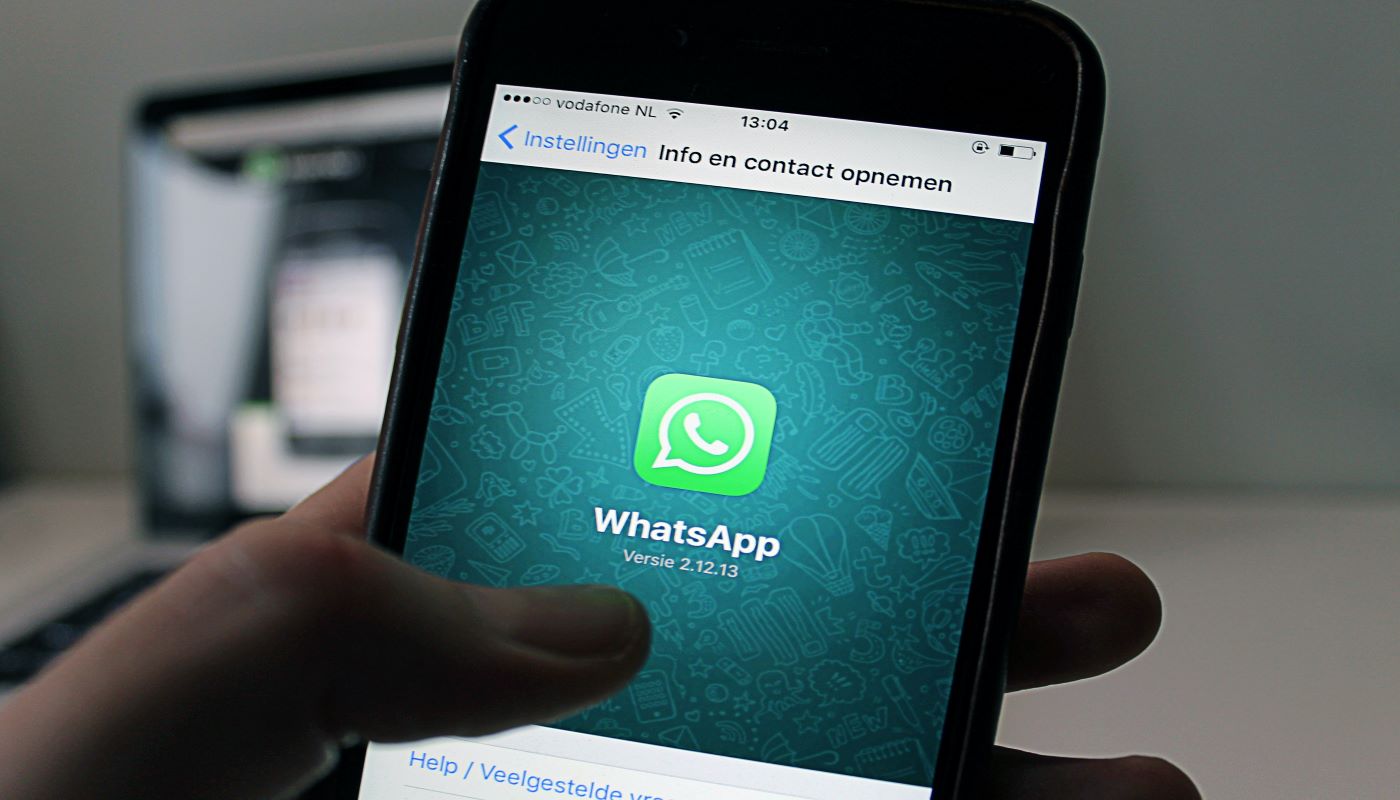Be there first: how will digital marketing will look like in 2023
If you work in digital marketing you know it’s a roller coaster. The destination might be predetermined, but the road there – it’s a different story. What was working yesterday won’t work today, and what worked for your competitors won’t necessarily work again somewhere else. The one rule that’s always true is that you should never stop trying, and that the main job of the marketing manager is to anticipate (or at least try to) the future.
This is where we come into the picture. 2023, which is just stating, is going to be especially challenging. In other words: everyone will try to anticipate the next trend that will advance their business, and get them that coveted conversions. You know what the golden rules are, but we’re looking for opportunities to get ahead of the competition, so it’s time to roll up your sleeves: a new year is starting, so let’s get going.
1. Video, but Tiktok style
Yes, it’s hard to find someone who isn’t uploading videos to YouTube or making video animation for their brand, but as long as the world revolves around a 20-second video on Tiktok – that’s where you have to be. Users like to see scripted content, and if you can find that magical mix to captivate them in seconds, then you have a win. Tiktok culture has taken over not just users, but also internet providers, that, with the help of 5G, allowed a faster flow of content for smartphones and tablets.
2. Voice search
Voice search was talked about 4 years ago, but as podcasts are gaining more and more traction, so does the possibility that 2023 will be the turning point for voice search. It’s true that the largest search engines still don’t allow for voice promotion, but it doesn’t mean that the number of searches isn’t increasing. In fact, many advertisers would like to see positive and relevant search results when hearing clients say
their brand name.
3. WhatsApp marketing
While the world’s leading messaging app is still ad-free, it doesn’t mean you can’t use it to market. According to a survey conducted by Active Trail, 58% of advertisers are gearing up to advertise on WhatsApp in the coming year, under strict regulatory rules established by the Meta Group itself. The keen and creative advertisers, who wish to try the new service, will be required to comply with strict rules, such as getting their content approved before sending, gradual advertising for a limited number of clients and more.

58% of advertisers are gearing up to advertise on WhatsApp in the coming year
4. On the internet – everything is personal
Clients are used to and are aware that their buying habits are monitored and analyzed. The tacit agreement is that as long as the clients receive real added value, they are willing to keep this agreement going. Therefore, it’s better for both sides that the marketing is personalized. The good news is that the leading segmentation tools on the market enable advanced personal analysis, in almost every marketing channel. If you have a really great deal and no one sees it, then what’s the point?
5. Micro moments that can make your day
The attention span of clients is ever declining – nothing new here. The fact that purchasing decisions are made in a fraction of a second is also old news, but the phenomenon, which Google calls “micro moments”, is definitely new and challenging. Micro-moments consist of less than 7 seconds, which is the amount of time a brand has to catch the attention of their next clients, using targeted, but intriguing marketing. What does this actually mean? That if you will bore/ annoy/ explain/ take too long or assume that your brand is interesting enough without moving – you’re going to lose big time.
6. Influencer marketing
As the number of social media channels increases, so does the use of influencers to promote brands online. Influencer marketing started several years ago, following the rise of Instagram, but has suffered some blows when a lot of influencers (some of them are only influencers in their own eyes) did a bad service to brands when they didn’t specialize or understand the products they were marketing. Now they’ve been given a second chance to get in front of the camera – and they won’t waste it. Advertisers also learned how to utilize this marketing channel, and mapped their target audiences in order to match the most appropriate influencer to their brand.
7. Metaverse
In the fall of 2021, Facebook founder Mark Zuckerberg, announced the beginning of the Metaverse era, which will be the next generation of social networks, and perhaps even of the Internet itself. Zuckerberg dreams of implementing many applications in the digital space, starting with marketing using VR and AR tools, through dedicated applications of augmented reality that will work on smartphones. Since the launch, major advertisers started building augmented reality campaigns, but it’s still not commonplace. In 2023 their number will increase significantly (partly because Meta will improve the marketing of the Metaverse), and those who still dream of being there first – now’s your time.

